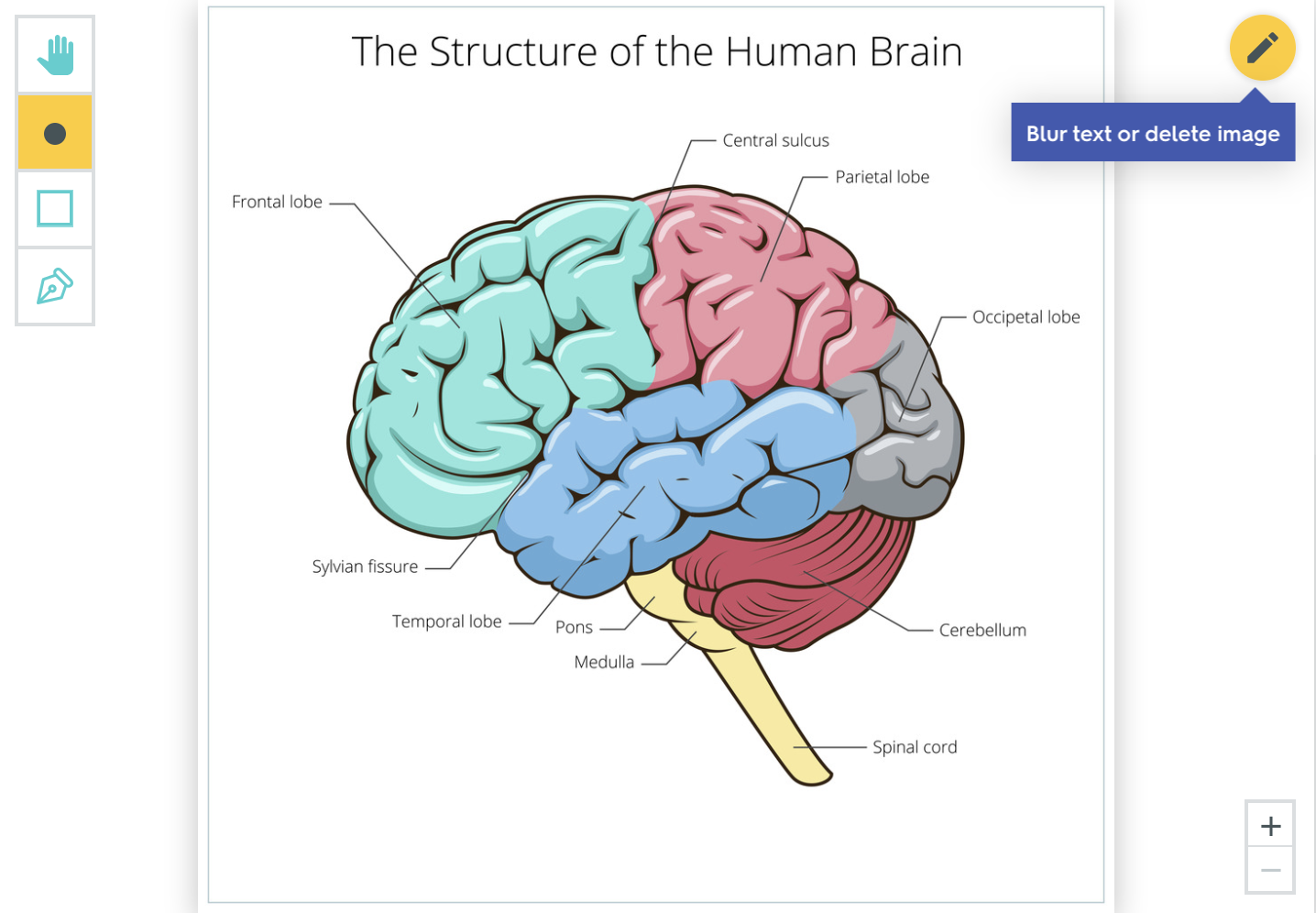How to Make It Easy to Match the Things in Quizlet

Quizlet can be really intuitive and easy to use. Still, even though I've been using Quizlet since 2011, there were some features and tricks I wasn't aware of until I started interning at Quizlet — things I wish I had known earlier for my college classes.
Here are some Quizlet features, tricks, and tips I could have really used last semester:
Micromatch
This trick is a fun little secret I found out during my first week at Quizlet. Essentially, when playing Match on Quizlet, you can reorganize the layout of the cards by changing the end of the URL from match to micromatch, like so:


This puts the cards into a nice grid. Rather than dragging each term to its matching definition to win the game, you just click on the two matching cards instead.

 The original Match interface compared to the Micromatch interface.
The original Match interface compared to the Micromatch interface.
While it's fun to drag cards around in Match, it can be easier to play Micromatch when you have cards with more information on them. Still, both versions are fun ways to study. 🤓
Diagrams
When I first started using Quizlet way back in 2011, they didn't have diagrams — you could only add pictures to cards. I had no idea Quizlet added diagrams and that I could make one until I explored Quizlet more deeply as an intern. While you do need Quizlet Plus to add more than 8 labels to a single diagram, anyone can upload an image and make a diagram set. Diagrams are images that you can label with points and then study using Learn, Write, Test, and Match. You can even blur parts of the image, so no worries if your picture already has labels.
 Just click on the pencil icon in the top right corner to access the blur tool.
Just click on the pencil icon in the top right corner to access the blur tool.
Diagrams are perfect for memorizing maps and anatomy—had I known about this feature, I would have definitely made brain diagrams (like this diagram of important brain structures) for my psychology class. It's nice to be able to use Quizlet's different study modes while studying, instead of just staring at diagrams and hoping you'll memorize it.
Check out some of Quizlet's cool diagrams here.
Parentheses
In Quizlet, you don't have to type whatever is in parentheses to get the term correct. This can be helpful in many situations, such as when you have a term with multiple meanings. Let's say you need to know the Spanish word muñeca for your Spanish class. Muñeca means both wrist and doll, but your teacher wants you to know "wrist" for your next vocabulary quiz. If you put the definition of muñeca as "wrist (doll)" in your Quizlet set, you can type either "wrist" or "wrist doll" to get the term correct.
I like to use parentheses when I want to include extra information in a term's definition, but also not be tested on that specific information. For example, when I was in a marine biology class, I had to memorize the scientific names of tide pool creatures. For each tide pool creature, I put the scientific name on the term side. On the definition side, I wrote its common name and then a description of its appearance in parentheses — so I didn't have to write the whole description of each tide pool creature while studying, but the information was there if I needed it.
 An example of how I use parentheses in Quizlet.
An example of how I use parentheses in Quizlet.
Math / Symbol Language
As a psychology major, I haven't had to take math since my first year in college. But I made many Quizlet sets to study math formulas in high school—and boy were those sets ugly. Take a look at my attempt to memorize some trigonometry formulas circa 2015:

Yeah, these formulas were definitely not pretty or easy to study back then. However, to make studying math formulas easier, Quizlet added "Math / Symbol" as a language. Just click on "Choose Language" and select "Math / Symbols." Now, when you type, there are a bunch of common math symbols to choose from.

With the language as Math / Symbols, my previously ugly formulas can now look like this:

What's also great about the Math / Symbols language is that Quizlet keeps track of the symbols you use and prompts you to use them in the study modes, like Write. That way, you don't have to worry about reproducing the correct symbol while studying.

Did you already know about all of these features/tricks? Do you have any other Quizlet tips that make studying easier or more fun? Let me know in the comments. 🤓
Alexa is a marketing intern at Quizlet. She is a senior at the University of Chicago, where she studies psychology and history. Alexa has been using Quizlet to study for her classes since 2011.
Source: https://quizlet.com/blog/quizlet-hacks-i-wish-i-had-known-last-semester
0 Response to "How to Make It Easy to Match the Things in Quizlet"
ارسال یک نظر